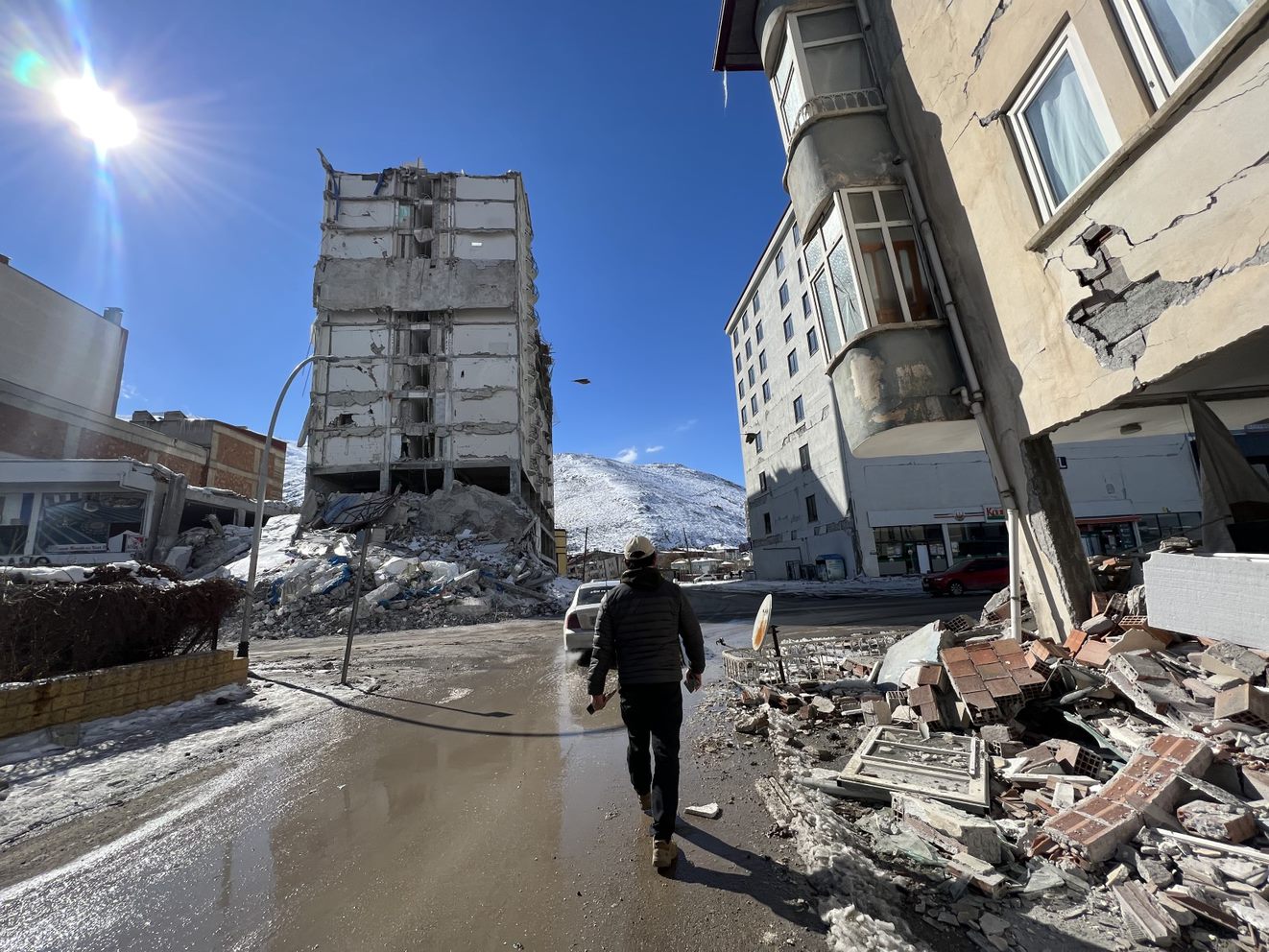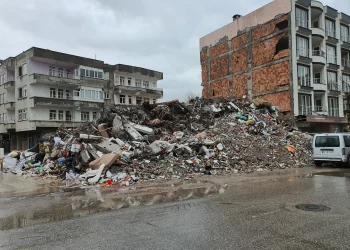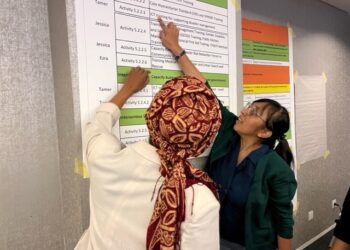

The devastating earthquakes in Türkiye and Syria affected more than 20 million people, with approximately 2 million people losing their homes or being forced to evacuate.
By Dr. Kit Miyamoto
In the wake of the catastrophic February 6th earthquake in Turkey, Mehmet recounted the harrowing experience of witnessing his brand-new 5-story apartment building collapse in a matter of moments. “My family and I were lucky to have evacuated after feeling a strong foreshock,” he recalled. The devastation was profound as over 35,000 midrise concrete buildings were instantly razed, with another 100,000-requiring demolition. However, the aftermath of this seismic event extended beyond the tragic loss of lives, and homes.
The Turkiye Country Climate and Development Report painted a bleak picture, estimating that the carbon emissions resulting from this mass destruction would exceed a staggering 370,000 metric tons. This catastrophe, it seems, was not merely a human tragedy but an environmental disaster of immense proportions.
…Rigorous enforcement of building codes could have potentially reduced collapse rates by up to 90%.”
The main point lies in the overlooked aspect of disaster risk reduction (DRR) within sustainable construction discussions. While the construction industry contributes to 37% of emissions, strategies to reduce disaster risk are often sidelined in conversations about sustainability
It’s evident that rigorous enforcement of building codes could have potentially reduced collapse rates by up to 90%. This realization underscores the urgent need for sustainable urban development, with DRR emerging as a fundamental solution in this effort.
Incorporating a DRR approach into urban planning and construction practices isn’t just about fortifying against natural disasters; it’s about integrating environmental responsibility and social equity. This holistic approach encompasses various facets, including accessible housing, repurposing abandoned spaces, and embracing nature-based traditional techniques that have proven to be more resilient than conventional infrastructure alone.

KUAT strategically engages a broad range of stakeholders across Greater Jakarta facilitating risk awareness and knowledge sharing geared toward strengthening community DRR capacity.
But how can we move forward from this point?
The key lies in designing infrastructure that can withstand disasters, thereby dramatically reducing the need for rebuilding, material usage, and consequent emissions. Initiatives such as the USAID/BHA’s KUAT demonstrate how collaboration among communities, government bodies, businesses, and civil society can effectively mitigate risks through urban disaster resilience programs.
Retrofitting existing structures not only enhances resilience but also reduces energy and material consumption. However, despite the presence of laws and regulations aimed at ensuring safe infrastructure and resilient communities, their effectiveness often falters due to poor execution and implementation. Bridging this gap between policy formulation and execution is crucial, demanding stronger governance frameworks and enhanced collaboration among stakeholders.
Moreover, nature-based solutions, an integral part of DRR strategies, hold immense promise in sustainable construction. Vernacular architecture, rooted in local traditions, not only preserves cultural heritage but also offers sustainable construction models. Adopting these practices doesn’t just align with sustainability goals; it offers a tangible way forward in the face of future disasters.
It is crucial to recognize the symbiotic relationship between disaster risk reduction and sustainable construction. Incorporating resilience into urban planning isn’t just about securing communities; it’s about achieving broader climate goals. The time has come to stop viewing these issues in isolation and start integrating comprehensive, inclusive strategies for resilient, safe, and sustainable urban spaces.
Featured image courtesy of freepik.com
